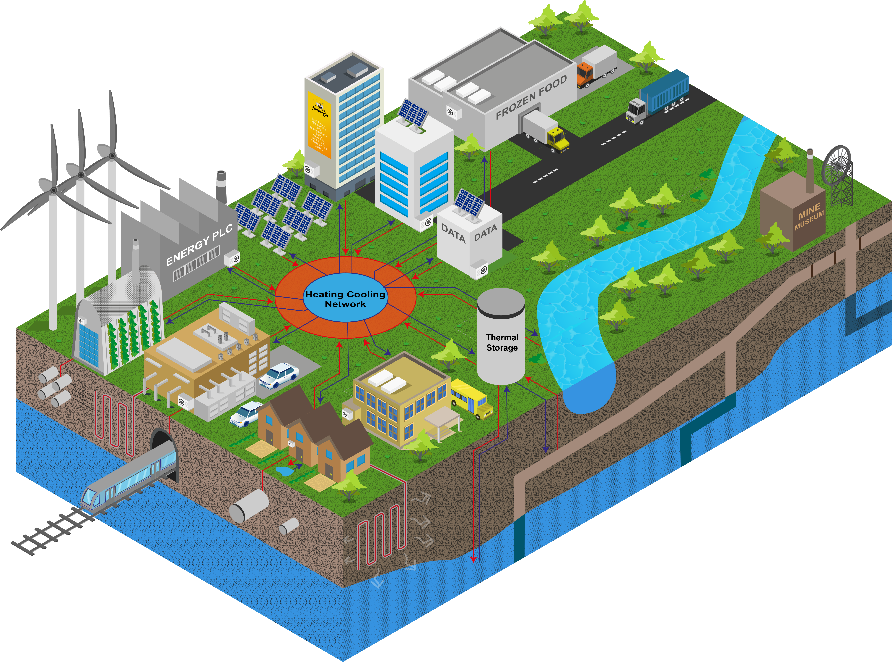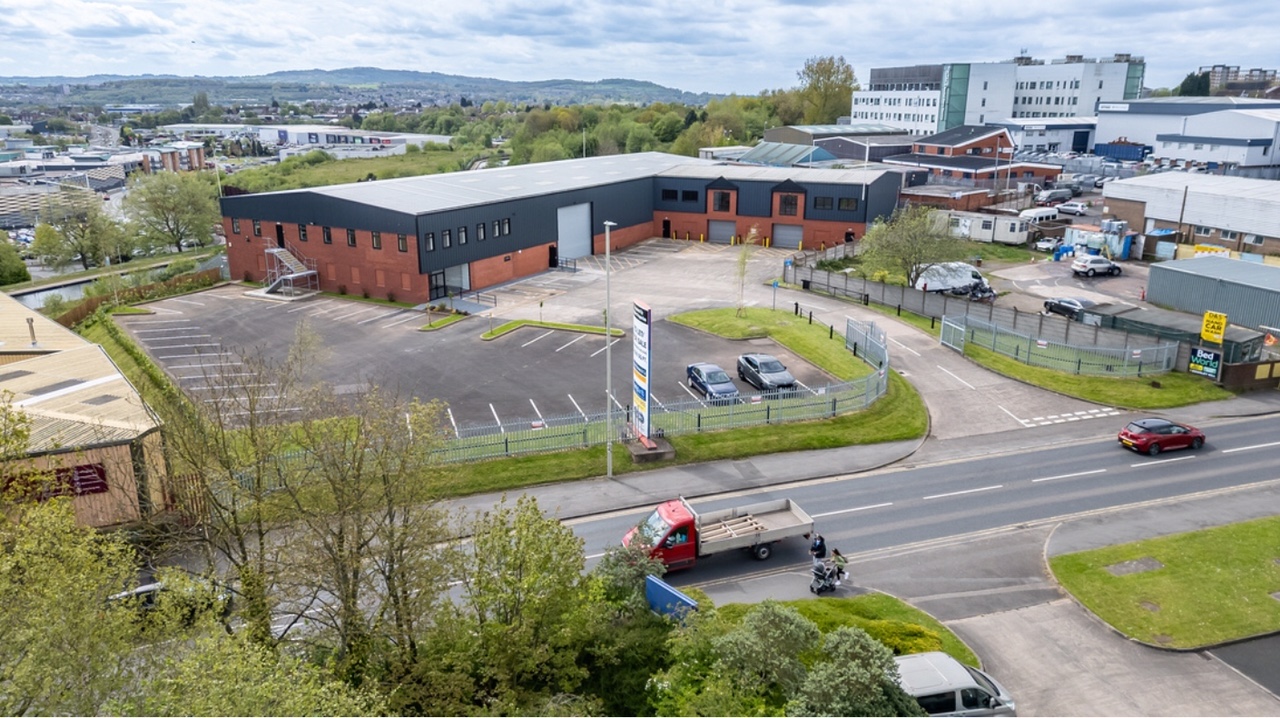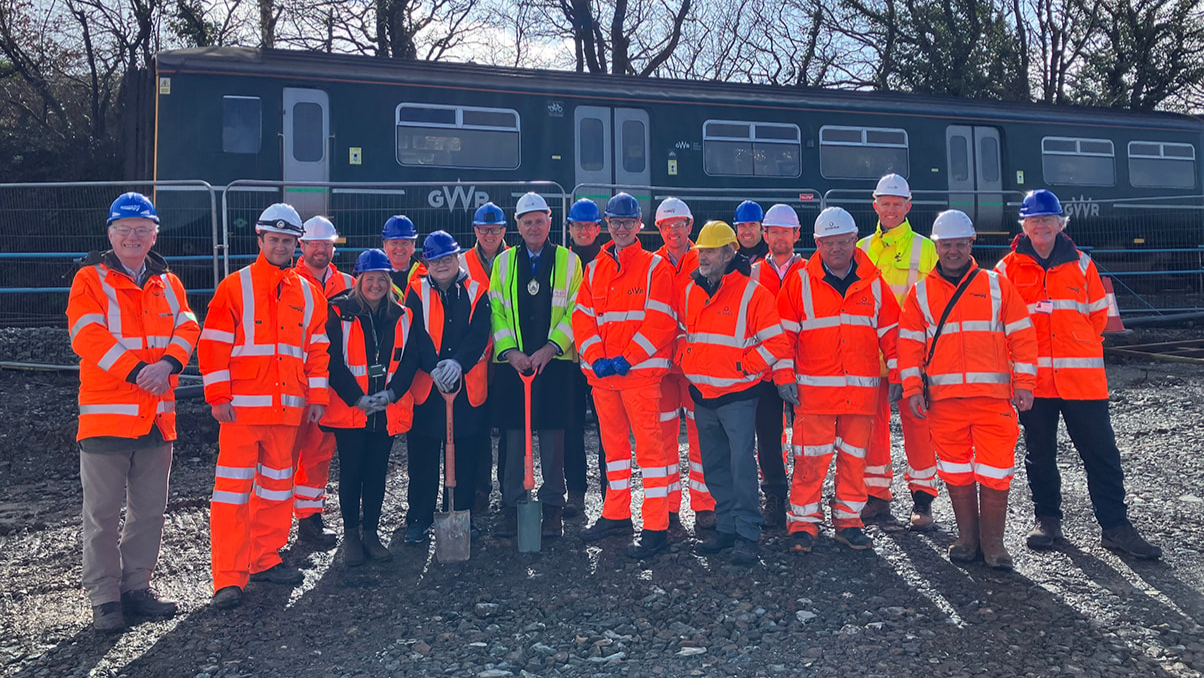Place-based solutions for low carbon heating infrastructure in the UK

Decarbonising heating is essential to meeting the UK’s climate goals, but it presents unique challenges. With heating responsible for significant carbon emissions, strategic investments in technologies like heat pumps and district heating are needed to ensure a sustainable future while minimizing infrastructure costs.
Responding to the threat of climate change has never been more urgent. In the last month there have been deadly floods and landslides in Nepal, devastation caused by Hurricane Helene and Milton, and closer to home record breaking September rainfall causing flooding in the Midlands and south of England. These types of extreme events are becoming more common due to climate change, with frequencies expected to increase still further. Consequently delivering on the national Carbon Budget is more important than ever. It is well known that our energy infrastructure will need investment to facilitate these emissions targets. We are in a transitional phase and the construction of offshore wind and other renewable energy infrastructure in recent years has finally allowed the UK to stop using coal to generate electricity1. This has been a big contributor to reductions in the carbon intensity of UK electricity by around one half in the last ten years. The development of GB energy also has potential to speed up further emissions reductions with the aims of full grid decarbonisation by 2030.
However positive all these changes are, our emissions targets will not be met without tackling the elephant in the room: heating. Heating accounts for about half of global energy demand, with three quarters of that supplied by burning fossil fuels. In the UK, heating buildings is responsible for around one fifth of our total carbon emissions. Decarbonising electricity has been easy compared with the challenge of decarbonising heating. This is because the infrastructure changes that have greened our electricity supply have largely had little impact on people’s lives. Heating by contrast is used in every building in the country and to change how we deliver that heat to low carbon approaches will require retrofit work in most of those buildings, along with utility infrastructure changes in many streets.
Decarbonisation of heating will come via electrification, utilising existing proven technologies of heat networks and heat pumps. However, the peak demand for heating energy in winter remains up to five times the current grid capacity, indicating additional electricity infrastructure, both in terms of generation and distribution, will be required. As a result, the choices we make about how to electrify our heating are of critical importance – not all solutions are equal and different solutions will be required in different locations. In particular we must consider the energy efficiency of each solution and also adopt a place-based approach, taking advantage of local heat resources.
The cheapest capital costs are not always the best choice
The cheapest solution for any individual new housing development, or building retrofit project will be to use electric resistance heating. This takes advantage of the ongoing decarbonisation of the grid, while also being straightforward to install in old and new buildings alike. Left only to market forces, and considering only capital costs, this will appear the best value solution. However, this approach has a large disadvantage. Electric resistance heating is 3 or 4 times less energy efficient than using a heat pump. Heat pumps are able to deliver energy for heating at 3 or 4 times the level of the electricity they consume as they transfer heat from their source (typically the air, the ground, or a water body) to the space they are heating. This means significantly reduced running costs for the consumer, but also substantial reduction in peak demand for the grid. Consequently, decisions made in the planning system, or via individual building owners and maintainers, can actually have significant implications for the requirements for national infrastructure in terms of electricity supply and distribution.
Therefore, there is an argument for appropriate levels of local, regional and national planning to ensure that heating is decarbonised in a strategic way that minimises the required investment for new or upgraded national energy infrastructure.
A place-based solution; one size does not fit all
In dense urban areas like city centres, district heating is likely to be the best option. Heat Network Zoning legislation is due to roll out next year2. Updated maps of proposed heat network zones have just been published3 for a number of cities, showing where it is expected that the combination of demand for heat and potential supply options means that this will be the lowest cost low carbon solution for heating. Certain existing buildings (e.g. public buildings) and new developments will be mandated to connect to ensure a critical mass. Heat networks are a utility solution, just like current gas networks. Except that instead of receiving piped gas, buildings will receive piped heated water to use directly in their heating systems. Consumers will pay for the heat received rather than the volume of gas supplied.

Heat networks use different heat sources depending on local conditions. Many existing heat networks are currently run from energy from waste plants or from combined heat and power plants. Over time these will need to transition to renewable low carbon sources. These might include waste heat direct from industrial processes, data centres or refrigeration plants. But heat can also be sourced from the environment and large water bodies of stable temperature, like canals, rivers and the sea can be utilised. Higher temperature resources can also be found underground, and heat can be sourced from geothermal energy at different depths and also from water occupying disused mines. The Coal Authority estimate that one quarter of the UK population lives in an area that could access heat from old mines. And its not just redundant underground structures that can be used to supply heat. Current buried infrastructure like sewer systems, metro tunnels and underground stations all have sources of heat associated with them that can be captured to feed into heat networks. However, current heat network zoning mapping does not fully take account of all these sources and ongoing work by the University of Leeds, members of the UK Collaboratorium for Research on Infrastructure and Cities (UKCRIC), is quantifying the impact of better accounting for different underground heat sources.
Depending on the heat source used, heat pumps may be required to increase the temperature of the heated water in the network to values required to be used with existing heating systems. However, the efficiency of heat pumps still means that the overall energy efficiency of the heat network is high. Connecting many different sources of heat and users on the same network also offers significant flexibility. Not everyone uses heat at the same times and working on a network acts to make the most of the resources we have, hence making best use of energy infrastructure investments. Significantly, many underground geothermal sources can also act as heat stores, giving further flexibility and reducing demand on the grid.
In less densely populated areas there is still an important role for individual heat pumps. These may be air source or ground source and the choice will depend on the space available. Air source heat pumps have lower capital costs, but ground source heat pumps access warmer temperature in winter and hence offer higher efficiencies and therefore reduced operating costs. However, not everyone has space to install pipes in the ground to access this heat. Where housing may be close together, but not in a city centre then sharing the costs and land required for the underground infrastructure is a good option. So called “shared ground heat exchange” systems which are between a heat network and an individual ground source heat pump have proven very successful in many social housing developments where there is a central landlord.
![Figure 2: Different solutions will work best in different places [5]](https://www.politicshome.com/ugc-1/1/51/0/UKCRIC 2.png)
New approaches to enable change
Heat network zones are an important step on the journey to revolutionise the way we heat our homes and other buildings. But these and other changes to install heat pumps in other properties will not happen overnight. One of the greatest barriers to change is the relative price of gas (most commonly used to heat buildings) and electricity. While the former can be part of a volatile market, with most recent price spikes related to the conflict in the Middle East, it is still less expensive than electricity. This is mainly due to the balance of tax and levies on the two different energy sources.4 Rebalancing these so that payback times of investment in heat pumps and heat networks come down is the single most important policy intervention that will aid heat decarbonisation.
Local and regional planning processes can also be utilised to ensure decisions made locally are also in the national interest in terms of national energy infrastructure. This means giving clearer and stricter guidance on acceptable heating technologies in new developments. We should not be facilitating installation of gas boilers in new housing, when it will only have to be retrofitted in a short period of time to achieve our carbon commitments. However, guidance from the Ministry of Housing, Communities and Local Governments puts limitations on how local councils should set local energy standards for housing that go beyond national regulations. This effectively makes it harder for the Department of Energy Security and Net Zero to work towards its own targets, and is an example of the lack of joined up policy making, both between government departments, and between national and local government. Lifting this restriction would help achieve both local and national objectives, and speed heating decarbonisation as a result.
But 80 per cent of the buildings that will be used in 2050 already exist and therefore policy instruments need to go beyond planning and make retrofitting existing buildings much easier. Shared ground heat exchange is an important option in areas not likely to be served by heat networks and can be used to retrofit multiple properties simultaneously. But most current policy is directed towards either individual heat pumps or heat networks. Recognising the potential for these smaller networks, especially outside of heat network zones, and extending support for them alongside heat pumps and heat networks would be a good start5. Accompanied by more generous support packages for home owners to invest in heat pumps, and also to improve the thermal efficiency of the UK’s old housing stock, these measures could make a real difference.
If all these changes sound expensive, it is important to consider the cost of not facilitating change. Weather and climate change costs are expected to exceed £5b per year by 20506. Failure to invest in low carbon technologies has also been shown to be harming the UK’s economic growth7. These negative scenarios can all be flipped to a positive solution with investment in heating decarbonisation leading to jobs, economic growth and contributing to reduced climate change impacts. The time to act is now.
Fleur Loveridge is Professor of Geo-Energy Engineering at the University of Leeds.
All images courtesy of the University of Leeds
- https://interactive.carbonbrief.org/coal-phaseout-UK/
- https://www.gov.uk/government/collections/heat-network-zoning
- https://www.gov.uk/government/publications/heat-network-zoning-maps
- https://www.raponline.org/toolkit/heat-pump-toolkit/
- https://eprints.whiterose.ac.uk/185509/1/PolicyLeeds-Brief_10_Shared-ground-heat-exchange-for-decarbonisation-of-heat.pdf
- Climate Change Commission (2022). Understanding climate risks to UK infrastructure: Evaluation of the third round of the Adaptation Reporting Power. July, 2022
- https://www.cbi.org.uk/media/rdkjcb4u/green-growth_supplementary-release_jan-2023_final.pdf
PoliticsHome Newsletters
Get the inside track on what MPs and Peers are talking about. Sign up to The House’s morning email for the latest insight and reaction from Parliamentarians, policy-makers and organisations.
Related
Major military infrastructure upgrade completed at Leuchars
Upgraded facilities have been delivered for The Royal Scots Dragoon Guards and 2nd Battalion Royal Electrical and Mechanical Engineers, including refurbished o
UK public EV charge points surpass 75,000 as infrastructure booms
The UK’s electric vehicle (EV) charging infrastructure has hit a significant milestone, with the number of public charge points surpassing 75,000. According t
Infrastructure firm strengthens UK presence with Brierley Hill warehouse |…
National infrastructure service provider MJ Quinn has secured a newly refurbished industrial site in Brierley Hill as part of its ongoing UK ex
UK: Work Begins on New Railway Station in Okehampton
Initial work has begun to build a new railway station in Okehampton, Devon. The new 15 million GBP station, named Okehampton Interchange, will connect We













